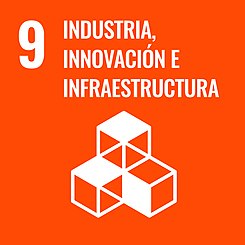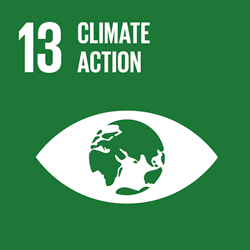Technological watch
Bio-Composite Filaments Based on Poly(Lactic Acid) and Cocoa Bean Shell Waste for Fused Filament Fabrication (FFF): Production, Characterization and 3D Printing
In this study, novel biocomposite filaments incorporating cocoa bean shell waste (CBSW) and poly(lactic acid) (PLA) were formulated for application in Fused Filament Fabrication (FFF) technology. CBSW, obtained from discarded chocolate processing remnants, was blended with PLA at concentrations of 5 and 10 wt.% to address the challenge of waste material disposal while offering eco-friendly composite biofilaments for FFF, thereby promoting resource conservation and supporting circular economy initiatives. A comprehensive analysis encompassing structural, morphological, thermal, and mechanical assessments of both raw materials and resultant products (filaments and 3D printed bars) was conducted. The findings reveal the presence of filler aggregates only in high concentrations of CBSW. However, no significant morphological or thermal changes were observed at either CBSW concentration (5 wt.% and 10 wt.%) and satisfactory printability was achieved. In addition, tensile tests on the 3D printed objects showed improved stiffness and load resistance in these samples at the highest CBSW concentrations. In addition, to demonstrate their practical application, several 3D prototypes (chocolate-shaped objects) were printed for presentation in the company’s shop window as a chocolate alternative; while retaining the sensory properties of the original cocoa, the mechanical properties were improved compared to the base raw material. Future research will focus on evaluating indicators relevant to the preservation of the biocomposite’s sensory properties and longevity.
Publication date: 08/03/2024
Author: Daniela Fico
Reference: doi: 10.3390/ma17061260







